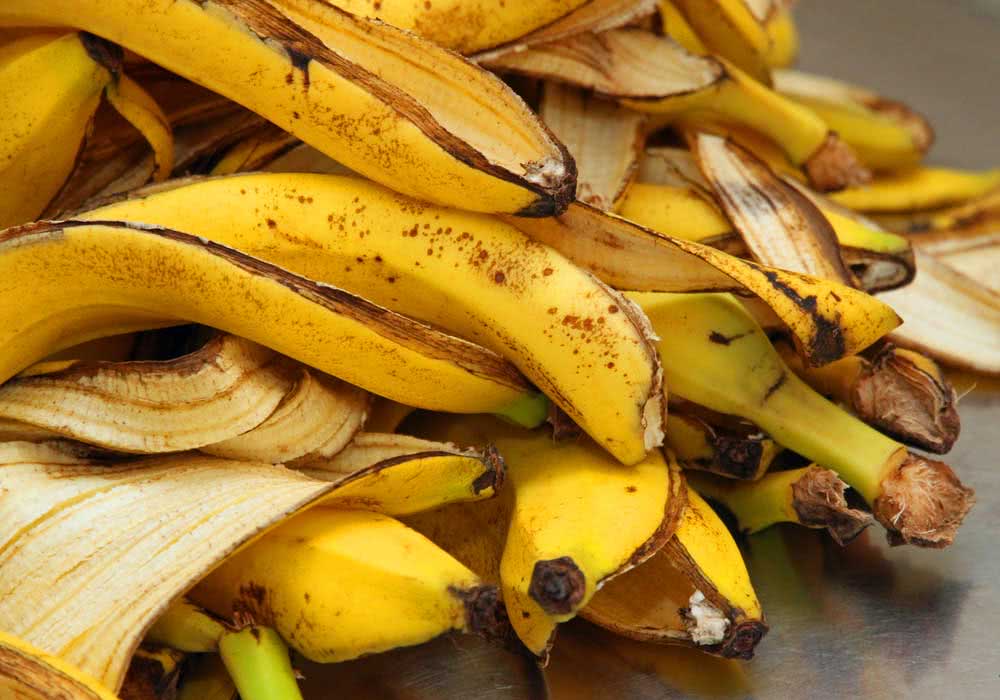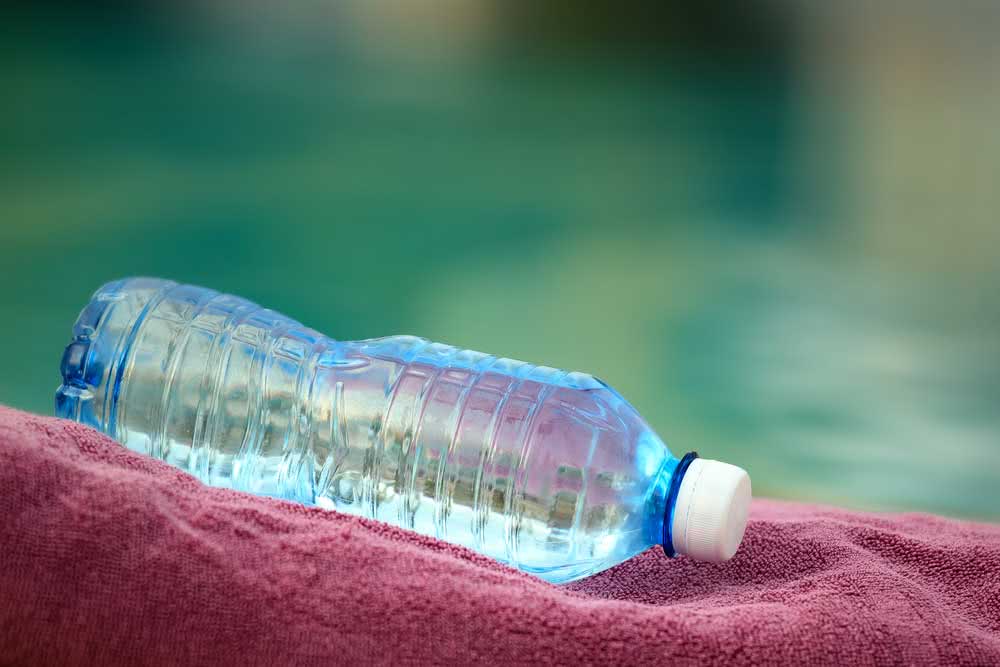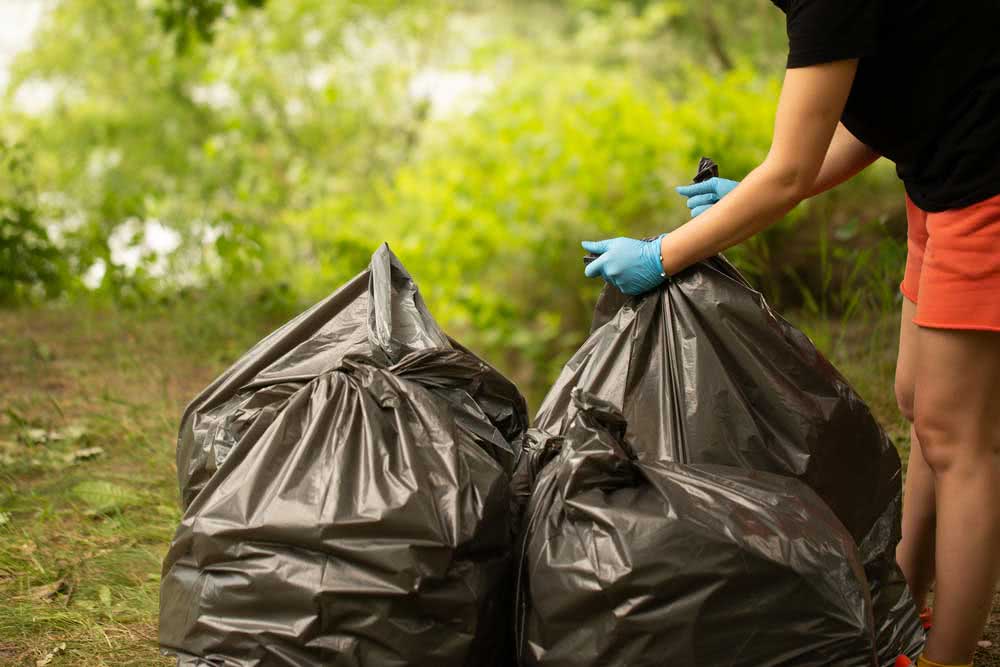Understanding the difference between organic and inorganic waste is the first step towards a more environmentally conscious life.
It is estimated that Brazil reuses only 1% of organic waste, while inorganic waste has a recycling rate that borders on a measly 3%.
In other words, there is still a long way to go and much of it depends much more on ordinary citizens than on government actions.
That is why today’s post is an invitation for you to take this step towards a more sustainable planet.
Why it is so important to separate organic and inorganic waste
It is super important that you make the correct separation of organic and inorganic waste for two main reasons: to facilitate the sorting process carried out by the collectors and to avoid contamination or unusability of materials that could go for recycling.
A typical case of this is paper. The vast majority of papers can be recycled, but if they get dirty with grease, for example, they already lose the possibility of recycling.
Why you need to take care of your trash
If you stop to look at the amount of waste you produce every day, you would most likely be impressed.
Packaging of all kinds, fruit and vegetable peels, electronic components, labels, bags and more bags. All of this and more should be in your trash right now.
And what’s the problem with that? The problem with this is that your garbage joins with your neighbor’s garbage which joins with the garbage of the other neighbor, the other, the other and the other. Together, all of this waste meets the waste produced throughout your city plus all waste produced in the country and, of course, in the rest of the world.
« Ah, but the garbage goes to the landfill! »
If you thought that and think that landfill is the solution to the problem of waste produced in the world, go back and rethink.
First, because landfill is not the most environmentally friendly destination for waste, since the accumulation of waste causes pollution due to the emission of toxic gases, in addition to the contamination of the soil and water resources.
Another big problem with garbage is that it does not always go to the landfill and that means that it ends up in rivers, seas and, finally, in the ocean.
In addition to being a major cause of flooding and flooding in large cities, the garbage that goes into the sea becomes a killer of marine life.
Just to give you an idea, by 2050 there will be more plastic than fish in Earth’s oceans, according to a study released by the World Economic Forum in Davos.
Another shocking fact about the garbage problem, especially plastic, is the formation of an island of floating garbage in the middle of the Pacific Ocean.
Scientists at organization Ocean Cleanup Foundantion revealed that the amount of garbage is so large that it occupies a space proportional to twice the size of the territory of France.
They are nothing more, no less than 80 thousand tons of garbage floating in the ocean!
And the garbage problem doesn’t end there. According to UN data, the seven billion human beings that live on the planet Earth produce about 2 billion tons of garbage every year.
The most impactful part of this story is that 99% of everything we buy is discarded in less than six months. To accommodate all this garbage very soon we will need another planet or, at least, 70% of another planet Earth to support the lifestyle we currently have.
This means that the problem lies not only in the fact that we are unable to manage all the waste produced, but mainly that we are consuming much more than the planet can handle.
It is more than fundamental to also understand that the resources used to produce all consumer goods, including water, are finite and will end if humanity does not wake up to the urgency of the matter.
So, more than learning to recycle and separate organic from inorganic waste, you need to take responsibility and environmental awareness of your choices and your consumption pattern.
What is organic waste

Organic waste is all natural waste produced in your home, that is, those of biological origin. This type of garbage is characterized by its humid aspect. Here is a short list of what can be considered organic waste:
- Peels of fruits and vegetables
- Egg shells
- Coffee powder
- Food scraps (meat, bones, all kinds of cooked and seasoned food)
- Human and animal waste
And what to do with organic waste? You have two options: the first is to separate the organic waste that can be composted, that is, that is capable of becoming fertilizer. But for that you need to have a composter, which is very simple to do, don’t worry.
You can compost all types of peels from fruits, vegetables, leaves and vegetables. It is also possible to place egg shells, coffee powder and tea bags.
Only leftover food such as meat, bones and cooked and seasoned food cannot be composted. Human and animal waste, such as feces, urine, hair and nails cannot be composted.
What is inorganic waste

Inorganic waste is all waste that has no biological origin, that is, plastic, glass, paper, aluminum, iron, electronic components, among others. This type of garbage is also characterized by its dry appearance.
These residues may or may not be recycled, depending on the type of material. If they can be recycled, you must send them for selective collection or even a cooperative of waste pickers.
But if the waste is not recyclable, its destination is ordinary garbage.
Below is a list of materials that can be recycled.
- Pet bottles of all kinds
- Aluminum cans
- Glass jars and bottles
- Cardboard
- Paper of all types
- Long-life packaging
- Metal cans (corn, peas, tomato paste)
Plastic can also be recycled, but not all types. To know the plastic that can be recycled the tip is to crush the packaging.
If the packaging makes a noise, such as those with chips or stuffed crackers, it means that unfortunately it is not recyclable.
Those « soft » plastics, which are not noisy, like bags of rice and beans, for example, can be sent for recycling.
Plastic is one of the biggest problems nowadays when it comes to garbage. This is because most of the plastic consumed cannot be recycled, as is the case with disposables (glasses, plates, cutlery, straws, packaging).
What to send to ordinary trash

Everything that cannot be composted or recycled, unfortunately will have the landfill as a destination.
And the case, for example, of disposable diapers and absorbents, broken glass, ceramics and porcelain, photographs, adhesive tapes, adhesives, disposables in general, toilet paper, among other residues.
However, there are some materials that cannot be recycled, but can be sent to a more ecological and sustainable destination, as with medicines, lamps, batteries, batteries and electronic components.
Look for the collection point closest to your home and avoid the inappropriate disposal of these materials.
Ready to take better care of your trash now?



